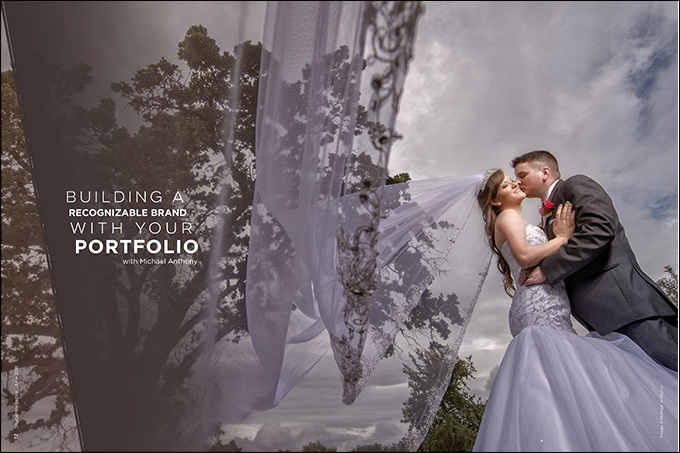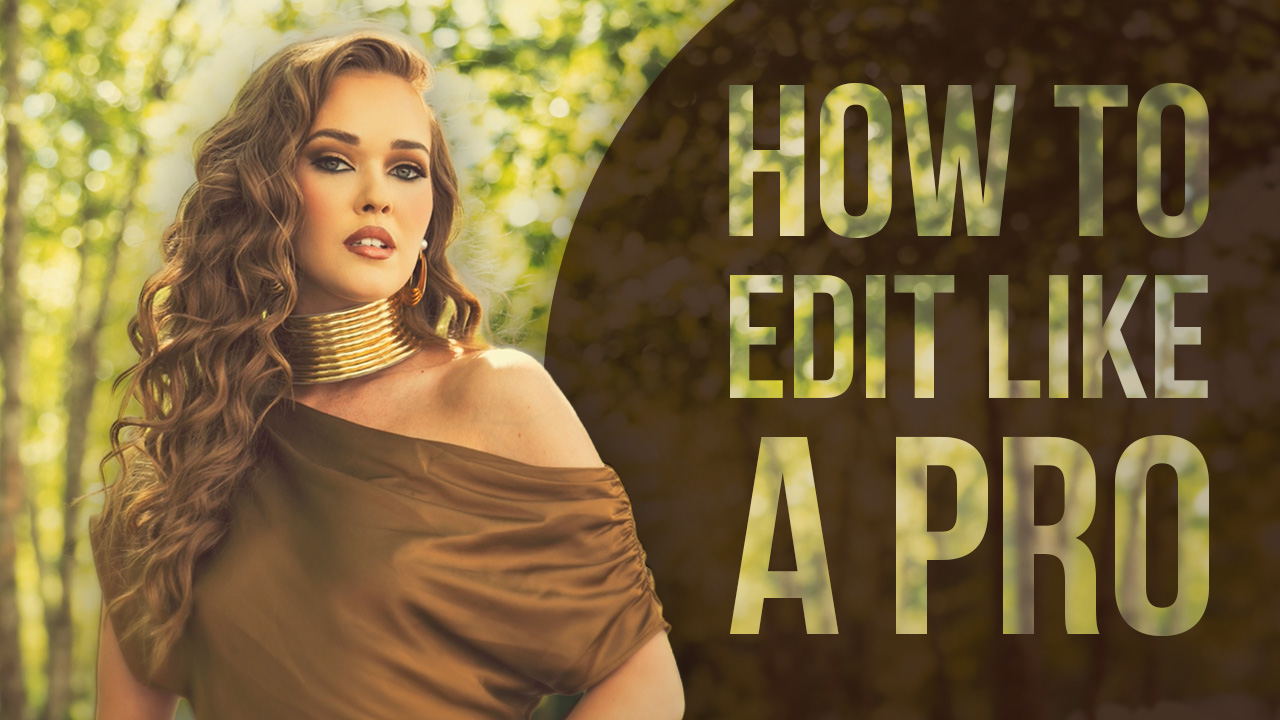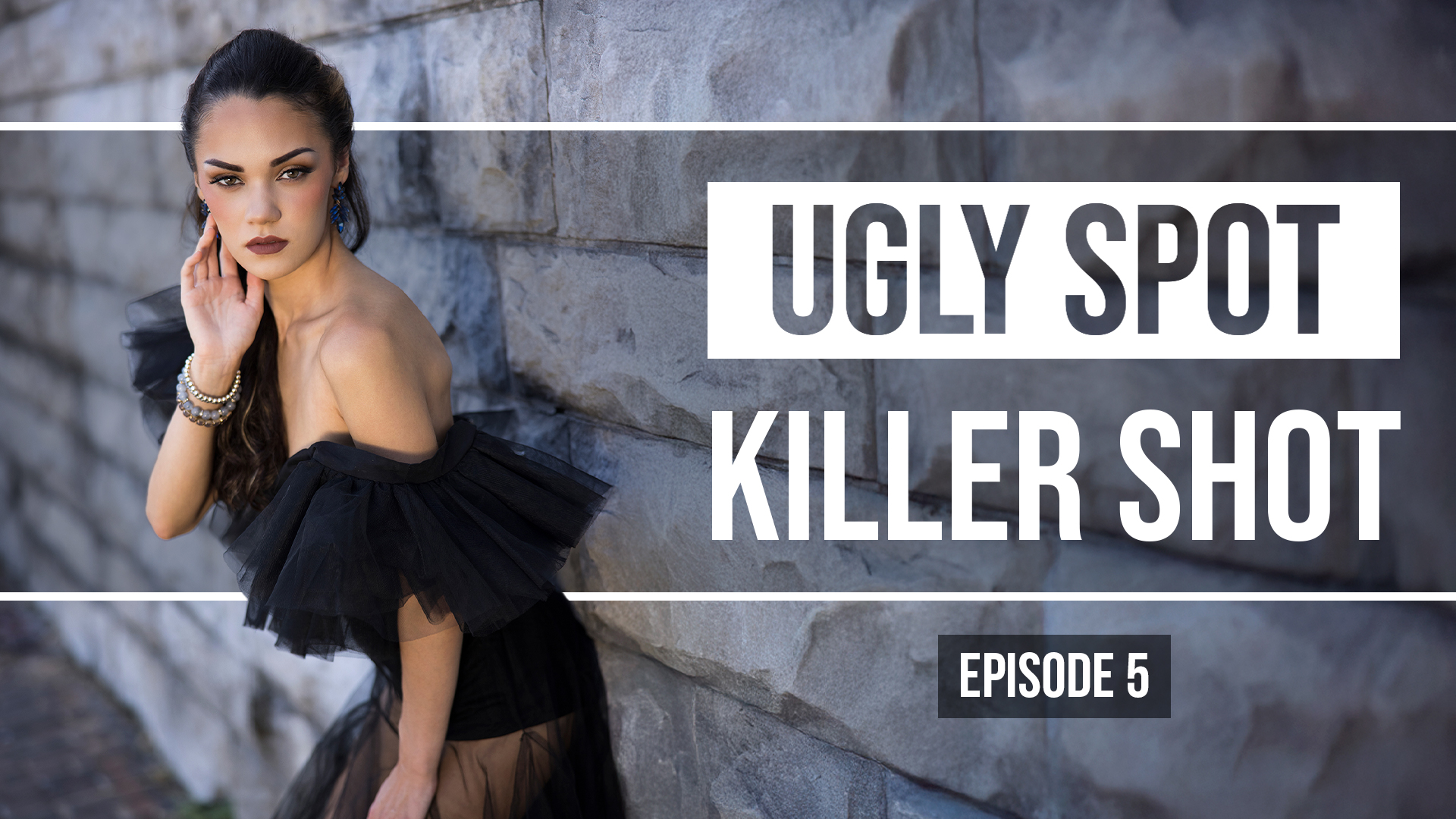Building a Recognizable Brand Through Your Portfolio with Michael Anthony
There are no second chances to make a first impression. Your portfolio is the first impression your clients have of your brand. When building your business, the quality of your branding is essential. Without a recognizable brand, your business will get lost in the endless sea of competitors coming into the market every single day. There are many parts that go into creating your brand, but the most important thing to remember is that all of those parts must work in sync. Your brand should be developed and revolve around your portfolio in order to attract clients who are a good fit for you.
So how do you develop a recognizable brand? It starts with consistency.
Step 1. Hone Your Photographic Style
This step may seem easy enough, but it’s the hardest part to master. In the first five years of your career, you will likely be evolving your style at a rate that is quicker than your clientele can keep up. You will learn what works and what doesn’t, and constantly look back on how your work has progressed. During this time, you have to look at what makes your work unique, and notice the consistent subtleties as your style evolves. From there, your individual style as an artist will begin to shine through, and you will be able to play to your strengths as an artist.
Step 2. Differentiate
Differentiating your portfolio from your competition is the best thing you can do to book more business.
I have been a professional photographer since 2012. In that short period, we have created a brand that is synonymous with “different.” When I started out, though, my style fluctuated with whichever way the wind was blowing. I constantly adapted to trends, and failed every time. Once, I took out an advertisement with Style Me Pretty, a huge wedding blog site. It was one of the most expensive ads I ever invested in, and I didn’t get a single call. Mind you, SMP is one of the most visited websites for new brides in the world, and its aesthetics are very defined. Not a bad place to advertise, right? Wrong. I was not reaching my ideal client or demographic. Once you realize your style as an artist, your entire portfolio must convey it.
So how do you differentiate? You can do it in a variety of ways: lighting, composition, post-production, etc.
Here are some of the ways we differentiate our brand.
Lighting
I have always loved photographic lighting. My first mentor was a very talented off-camera flash shooter, and it rubbed off on me very early in my career. Recently, I invested in the Profoto off-camera flash system. The B1 and B2 give me the ability to differentiate my work in a way that no other tool can (with the exception of my Canon 11-24; more on that in a minute).
The B1 and B2 give me the power to get my subjects out in the sun, and create a look that is unique in every way. You will often find me using the B1 or B2 to compete with the harsh California sun. The build quality is second to none, and I have dropped these tools in the field with no damage to them whatsoever.
Is the Profoto system expensive? Yes, it is. But the investment has paid for itself 15 times over. And, because it’s exclusive, it has allowed me to separate my work from my competitors. Invest in your business if you want the rewards you dream about.
Composition
Your composition is influenced by a variety of things: posing, lens choice, subject placement. I’ve learned through workshops that composition is one of the hardest photographic skills to conquer. Our studio is known for our use of ultrawide-angle shots. Sal convinced me during a recent visit to St. Louis to purchase the Canon 11-24mm lens.
It’s one of the best tools I’ve invested in. You can take wide-angle shots with many different lenses, but there is something about 11mm that is special. The look is unique, and much of the work featured in our portfolio is shot at 11mm.
Posing
Posing and lighting go hand in hand, and you need to know how to pose your subjects to create a believable image. I often use candid poses that are romantic, intimate and sometimes even sexy for my couples, and it has created a style for us. A potential client who isn’t looking to be posed in this manner is likely not a fit for us.
To get better at posing, you need more than practice. You need solid instruction on the basic foundations of a pose. Take a look at my May and June articles in Shutter for our studio’s posing principles.
Post-production
We have been outsourcing all of our color correction and edits to Evolve Edits for a long time. Evolve has helped me grow our brand to where it is today. There are other companies that offer color correction, even some that do it for a subscription model. But none do it like Evolve. Some editing companies have seen the success of the Evolve’s Signature Edits, and have tried to replicate it. The one thing that makes Evolve unique is that every single Signature Edit hits Sal’s desk. Sal is a Master of WPPI, and a highly awarded photographic artist. No other post-production company offers this high-level service.
I recently had dinner with a client of Evolve who told me about how a Signature Edit that was delivered failed to meet his personal taste—but he saw the light when his client paid $1,500 for it in a large acrylic. Sal usually knows best, which I’ve been reminded of many times.
Step 3: Create Consistency
One thing I see when doing portfolio reviews for newer photographers is a lack of consistency. This was the first thing that was mentioned to me years ago when I had my portfolio reviewed by Daniel Aguilar, an amazing photographer. Your style does not matter as much as how a collection of your images is viewed as a whole. Remember, you have to specialize, and by doing that, you will never be everything to everyone. The style of photography we display on our website actually turns off probably nine out of 10 brides. We have heard it all: “Your style is too dark.” “Your images are too dramatic.” “This doesn’t look very bridal.” And my favorite, often said by my own mother: “Why is everyone so small in the frame? I can’t see their faces.”
Not my client.
My client is the one bride out of 10 who is looking for something dark, dramatic, unconventional, and that will look good on their wall. Your client will not find that style anywhere else, and will be willing to pay you what you are worth to get it.
Another important thing to remember is that everything that goes into your portfolio on the main page of your website needs to be your best work. This goes for social media as well, and you should be updating both your portfolio and social media often. If you do not have enough client work right now, set up some model shoots until you do.
You cannot have images that you are only somewhat proud of. They are not an indication of what makes you different. You also need to keep it to less than two images of the same couple, because featuring too many images of a single set of people can indicate a lack of work or experience, neither of which is good for your brand.
Your Portfolio Is Your Brand
Make sure that when clients look at your portfolio, they are enamored by your ability to tell a story. When they see your body of work, they should be thinking: “I have never seen anything like this before.” Once you get your work to that level, you have built a portfolio that stands out.
But you’re still not done. Portfolios always need to be updated. This year, we are planning shoots in some of the most exotic places in the world. We have to continue to evolve our portfolio because our competitors are always on our heels. Operate under the mindset that the more you continue to innovate, the more you will continue to succeed.





This Post Has 2 Comments
How do you manage off camera lighting outdoors in windy weather? When you started were you using these alone or did you have assistants from day 1?
Sorry for the delay in responding Dharmesh, just saw this. I shoot alone often, even today for engagement sessions. If the environment was very windy I would bring a sandbag with me, however most of the time in modest wind the stand itself will weigh enough to avoid the lights falling over. If you are even a little bit nervous about the stand falling over with an expensive light on it, bring the sandbag out.